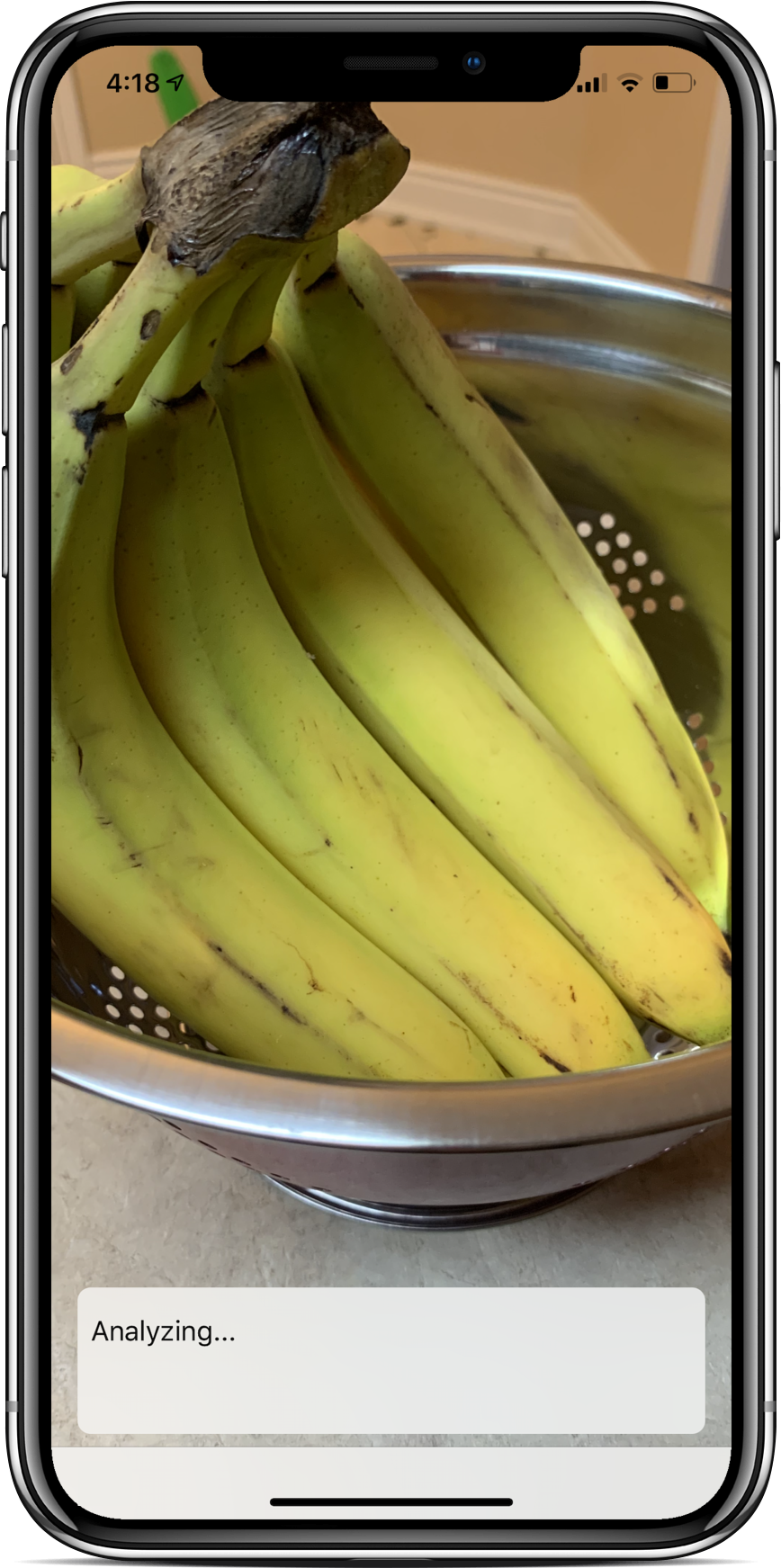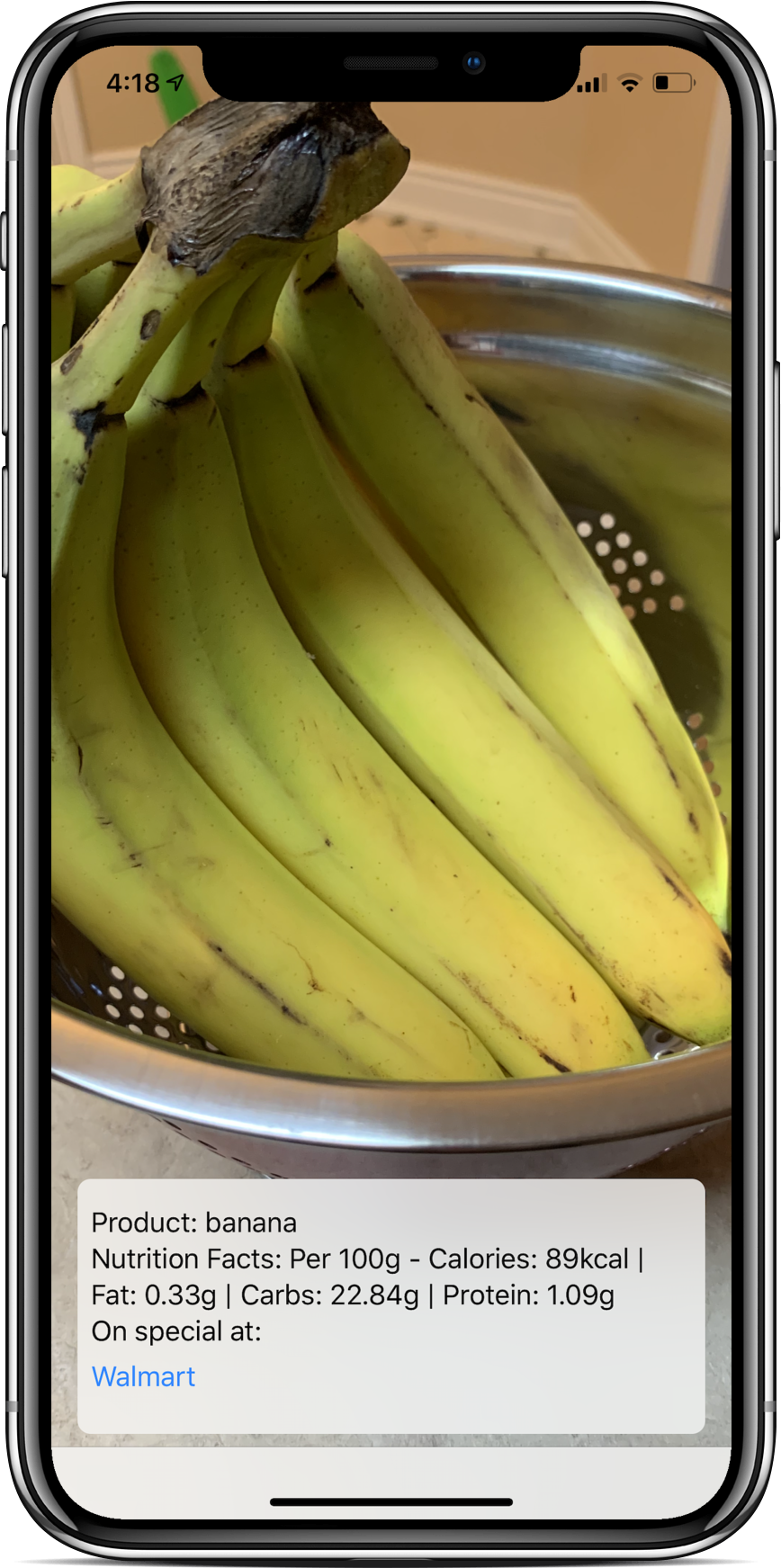Augmented Reality – The New Reality
Imagine walking down the street and being able to see where the closest restroom is or the nearest coffee shop with free Wi-Fi. Consider how much easier it would be to design a home if you could see how a new bookcase would fit in your bedroom. How about being able to point to an item in a grocery store and viewing its nutrition facts and whether it was on sale or not. With augmented reality, this is all possible. Augmented reality has the ability to layer computer-generated images on our view of the real world in order to provide a composite view that only the user can see. We see this technology in many areas of our day to day lives as well as in the workplace.
What is it?
So what actually is augmented reality? Before defining this, we need to ensure that it is not to be confused with virtual reality. The difference between the two is that with virtual reality, the user is perceiving an entirely altered view of the world, whereas AR superimposes images integrated with the real world to create an interactive experience. Moreover, AR is interwoven with the physical world which enables a multiple sensory experience for the user. In some ways, this technology can make the line between real and virtual life blurred. However, AR has worked its way into a surprising amount of applications from healthcare to interior design.

How does it work?
There are a few key elements needed to enable the overlay of images. Augmented reality uses a combination of sensors, cameras, projectors, processing, reflectors and markers to generate this altered view of the real world. Moreover, there are different types of AR such as marker-based, marker-less, projection-based, and superimposition-based.
The main differences in these types of AR are explained in their titles. Marker-based AR uses a camera and some sort of visual marker in order to display an image. Marker-less on the other hand uses more processing power to provide images based on the user’s location. Key components in this type of AR include GPS, digital compasses and velocity meters. On the other side of AR, projection-based uses artificial light to project an image onto a surface. This is exceptionally useful when collaborating on an image with another person. Lastly, superimposition-based AR can partially or fully replace an existing image with a computer generated one. This is used when designing a home or even playing a game.
ARKit and ARCore
These frameworks for augmented reality allow developers to provide innovative technologies on a chosen platform. ARKit for iOS and ARCore (supported by multiple platforms) are virtually the same, with no significant differences. Each platform uses mapping, surfacing, lighting, and shadows to generate images which coexist with the real world. Both frameworks provide developers with the opportunity to progress technologically and provide functionality to the consumer market. In addition, they can work with machine learning models to provide near real-time information on the subjects being visualized making the user experience richer and more enjoyable.

Where is it Used?
The uses for augmented reality are virtually endless. Today, we use the technology possibly more than we are aware of. Remember Pokémon Go? Do you use Snapchat’s facial filters? These are common examples of AR we use regularly. Moreover, the technology has worked its way into a number of professions, considerably most important – the healthcare profession.
Those in the medical profession have been using AR to conduct physical exams and even surgical procedures. Surgeons can see an overlaid image on a brain to see exactly where incisions need to be made as well as the details of what they’re looking at. It is said that this provides more accuracy and precision which leads to more successful surgeries. In addition, AR has a collaborative software that allows two people to communicate how they would in person. Thus, allowing doctors to teach other doctors how to perform surgeries from across the world using a shared image. This enables doctors to reach more patients worldwide and in particular, areas where healthcare is not as accessible.
A number of companies are also utilizing this technology to further satisfy consumer needs. IKEA and Wayfair offer an application that allows customers to get a visual representation of what a new piece of home furnishing will look like before they buy it. Even airline companies such as American Airlines offer a service to flyers that will navigate them through the airport showing them the nearest restroom and will even guide them to their gate.
In conclusion, it is evident that this technology has proven to be useful in our everyday lives. One day, we may see it in the form of contact lenses or glasses that ultimately eliminate the need for smartphones. Consider answering a call with just the swipe of your hand on a holographic image instead of holding your phone. With augmented reality, this and any of our wildest technological dreams may become the new reality. As we advance in all areas of technology, there is no limit to what can be achieved.
